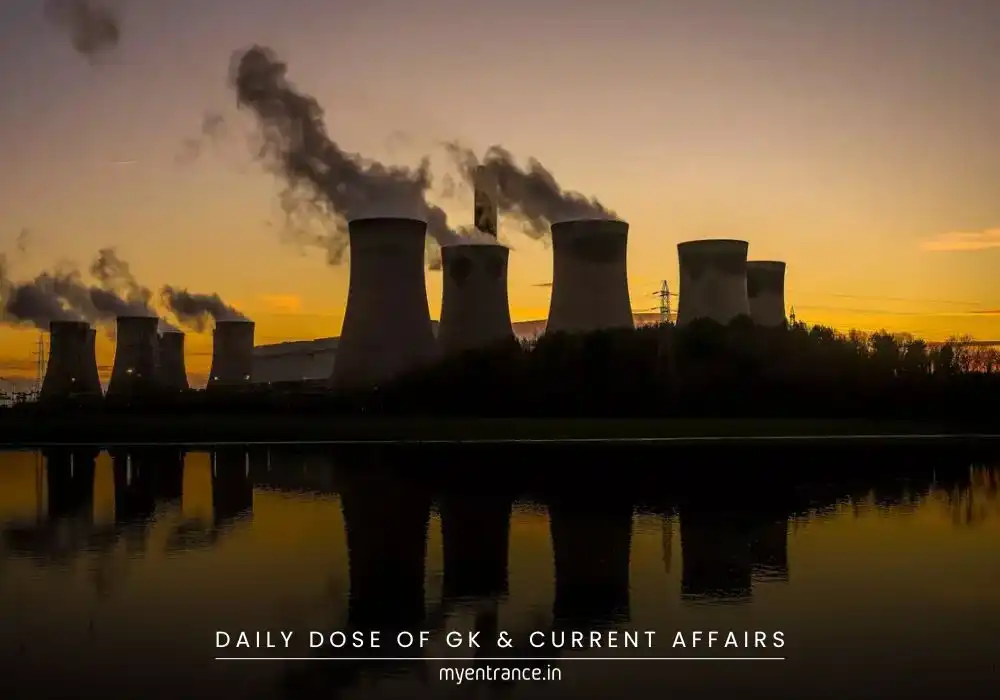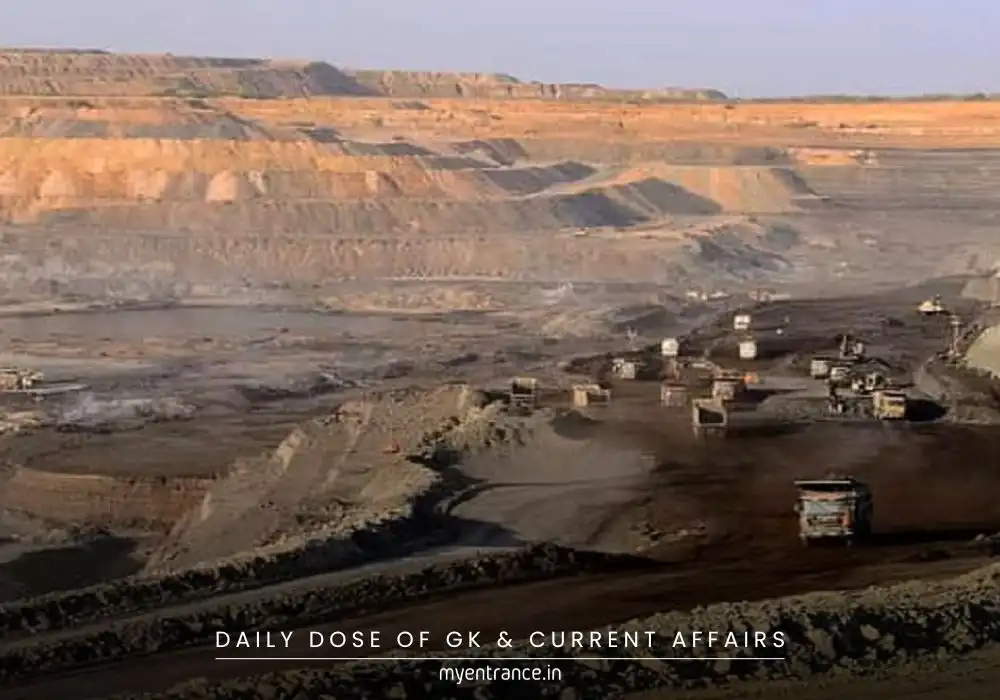Translate Language
India Ease Pollution Norms For Thermal Power Plants: The Consequences Explained
In a major policy shift, India’s Environment Ministry has revised emission norms for coal-based thermal power plants, easing mandatory pollution control requirements. Only plants near densely populated cities must now install Flue Gas Desulphurization (FGD) units. This decision impacts 79% of India’s thermal power capacity—but raises questions about long-term environmental trade-offs.

Why India Relaxed Pollution Rules for Thermal Power Plants
1. Selective Compliance Replaces Blanket Rules
Earlier, all thermal plants had to install FGD systems to cut sulphur dioxide (SO₂) emissions. The new rules exempt plants unless they are:
Within 10 km of cities with 1M+ population.
Located in critically polluted or non-attainment zones (areas failing air quality standards).
2. Scientific Backing for the Decision
Research by IIT Delhi, CSIR-NEERI, and NIAS found:
India’s ambient SO₂ levels (3–20 µg/m³) are far below the National Ambient Air Quality Standard (NAAQS) limit of 80 µg/m³.
Domestic coal has low sulphur content (<0.5%), reducing SO₂ emissions naturally.
High smokestacks and wind dispersal further minimize local pollution.
3. Economic & Environmental Trade-Offs
Cost Savings: FGD installation costs ₹50–100 lakh/MW, which would raise electricity tariffs.
Unintended Consequences: FGD systems could add 69 million tonnes of CO₂ (2025–2030) due to limestone mining, transport, and energy use.
Possible Consequences of Relaxed Norms
✅ Pros:
Lower compliance costs for power companies.
Prevents steep electricity price hikes.
❌ Cons:
Long-term air quality risks in exempted areas.
Delayed adoption of cleaner tech may hurt India’s 2070 net-zero goals.
Health impacts if SO₂ levels rise in future.
Sample Q&A for Competitive Exams
Q1. Why did India relax FGD norms for thermal power plants?
*A1. Due to studies showing low SO₂ levels in ambient air and high compliance costs, the government adopted a risk-based approach.*
Q2. Which institutions supported the relaxation of FGD rules?
*A2. IIT Delhi, CSIR-NEERI, and NIAS provided research backing the decision.*
Q3. What percentage of India’s thermal plants are exempt from FGD now?
A3. 79% of plants no longer require mandatory FGD installation.
Q4. What is the NAAQS limit for SO₂, and how does India compare?
*A4. NAAQS limit: 80 µg/m³. India’s average: 3–20 µg/m³.*
Q5. How might relaxed norms impact India’s climate goals?
*A5. Delayed pollution control could slow progress toward net-zero emissions by 2070.*
Final Thoughts
While the revised norms ease financial burdens on power producers, aspirants must critically analyze their long-term environmental impact. For exams, focus on the balance between development and sustainability—a recurring theme in GS papers.
Need more exam-focused insights? Explore myentrance.in for mock tests and expert tips!
Get 3 Months Free Access for SSC, PSC, NIFT & NID
Boost your exam prep!
Use offer code WELCOME28 to get 3 months free subscription. Start preparing today!















